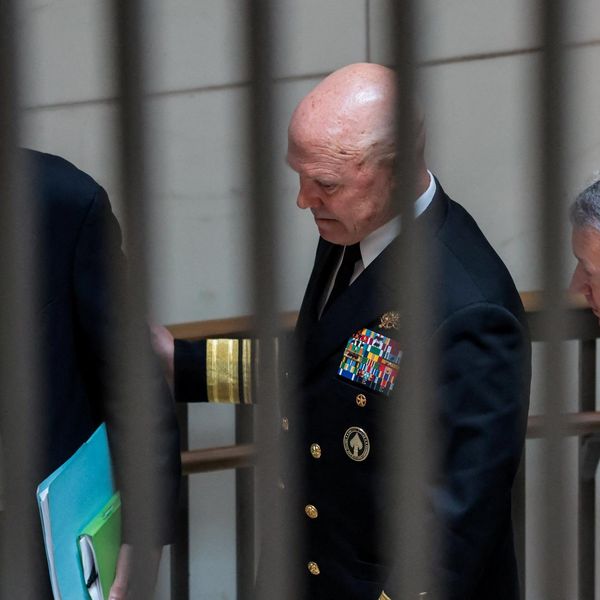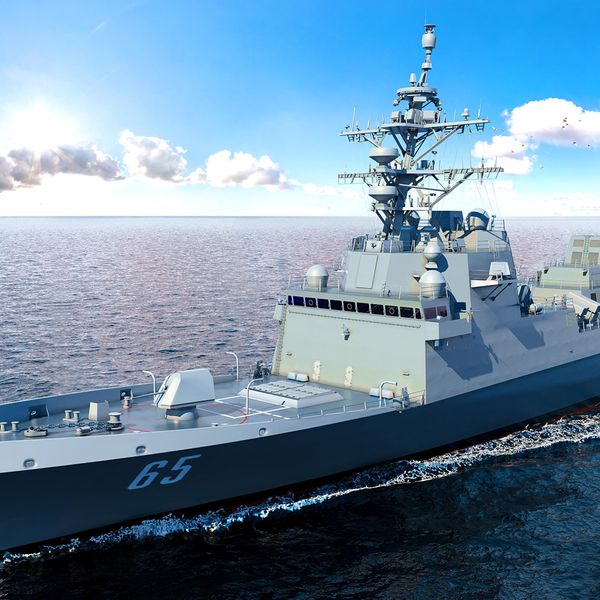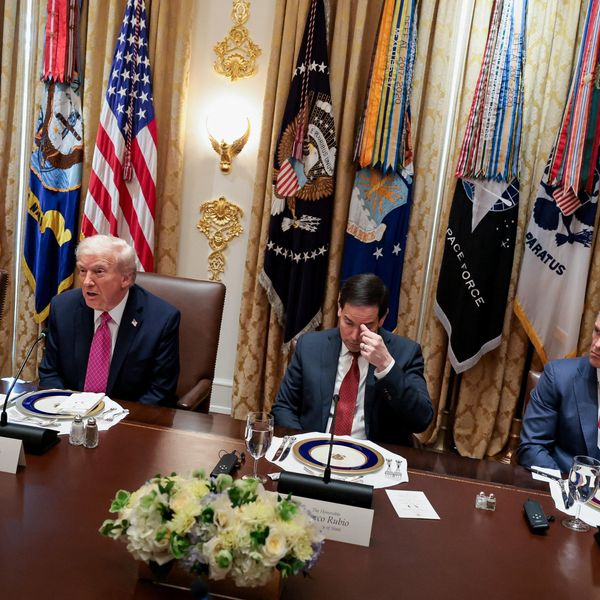Still reeling from the $3.6 billion in cuts it endured under the recently announced Biden defense budget (two percent off its topline, but it could end up being much more), the U.S. Army is nevertheless forging ahead with its high-profile modernization program.
As it turns out, few senior Pentagon civilians whose job it is to eyeball the Army’s plans are impressed. Designed to reshape the service “into a multi-domain force by 2035,” the Army is coming under mounting criticism for its purchase of weapons systems that reflect what one Pentagon official called “last generation thinking.”
Exhibit A, one of these officials says, is the Army’s decision to award a $942 million six-year contract to Oshkosh Defense to fit the service’s Stryker infantry carrier vehicle with “a 30mm, unmanned turreted auto-cannon.” Few argue that the “precision lethality capability” upgrade is frivolous, but that’s not the point. The problem with the Stryker is not that it’s not lethal, but that it’s vulnerable. The brainchild of former Army Chief of Staff Eric Shinseki, the eight-wheeled Stryker was first deployed in Iraq in October of 2003. Designed as an armored troop transport, it initially won high marks for its performance in delivering soldiers to the battlefield. It didn’t take long for that to change.
As it turns out, there were problems with the Stryker from the very beginning: the armor shielding it was fitted with proved largely ineffective and weighty, mud spattered from its rubber wheels into the engine during deployments caused innumerable maintenance problems, computer command displays inside the vehicle didn’t always work, soldiers in battle gear were being killed in rollover incidents because their seatbelts didn’t fit and (crucially), the bottom or the vehicle was thinly armored. The armor problem became obvious during the Battle for Sadr City, in April and May of 2008.
Fought amidst the dark alleys and narrow streets of Baghdad’s most populated and impoverished neighborhood, the fight involved a face-off between the U.S. Army and the Jaish al-Mahdi militia of Muqtada Al-Sadr’s Sadrist Movement. The Stryker did not fare well. Six Strykers were destroyed within six days, and the vehicle could not maneuver in Sadr City’s crowded streets. In several instances, tanks were employed to defend the Strykers which, because of their width and large turning radius, found themselves under constant attack and unable to move.
More crucially, the destruction of the Strykers was not the result of direct fire from Sadrist gunmen, but from improvised explosive devices planted by them. The flat-bottomed Stryker proved particularly vulnerable to landmines, whose explosive power easily penetrated the vehicle’s road armor — which exploded upwards into the crew and infantry cabin. It was after the fight for Sadr City that the Stryker took on its own distinctive nickname. Soldiers called it “the Kevlar coffin.” The Stryker’s performance in Afghanistan, beginning in the summer of 2009, was even worse — with the combat vehicle diverted from missions its commanders believed it couldn’t handle. The Stryker was not only as vulnerable as it had been in Iraq, it had difficulty traveling off-road, which is all Afghanistan is.
A report in Stars and Stripes at the time noted the vehicle’s vulnerabilities: “In one incident in August [2010], a 1st Squadron flat-bottomed Stryker was struck by a massive bomb hidden in a highway culvert in Kandahar province. The blast peeled away the armor protecting its engine like the skin of an orange, snapped off a wheel at the axel and mangled the metal cage that was designed to protect troops from rocket-propelled grenades.” Soldiers in both Iraq and Afghanistan repeated the same mantra: the Stryker was a very good combat vehicle, so long as it traveled on roads, it wasn’t raining — and didn’t have to fight. Defenders of the vehicle say that the Stryker’s critics have it all wrong: the object of the Stryker isn’t to deliver soldiers to an enemy emplacement, or even to take on enemy armor. Rather, the Stryker is designed to move light infantry forces close to an objective — like a Chevy Suburban.
So why is the U.S. Army doubling down in building an infantry carrier that has proven to be a death trap for American soldiers? The answer is all too obvious: “This is the most egregious example of corporate welfare I’ve seen in a long time,” a senior Pentagon official said. Put another way, while the U.S. Army’s Stryker infantry carrier is still unlikely to protect America’s soldiers, the army’s decision to shovel $942 million at Oshkosh Defense for unnecessary upgrades will (yet again) pad the pockets of an American defense contractor.
















